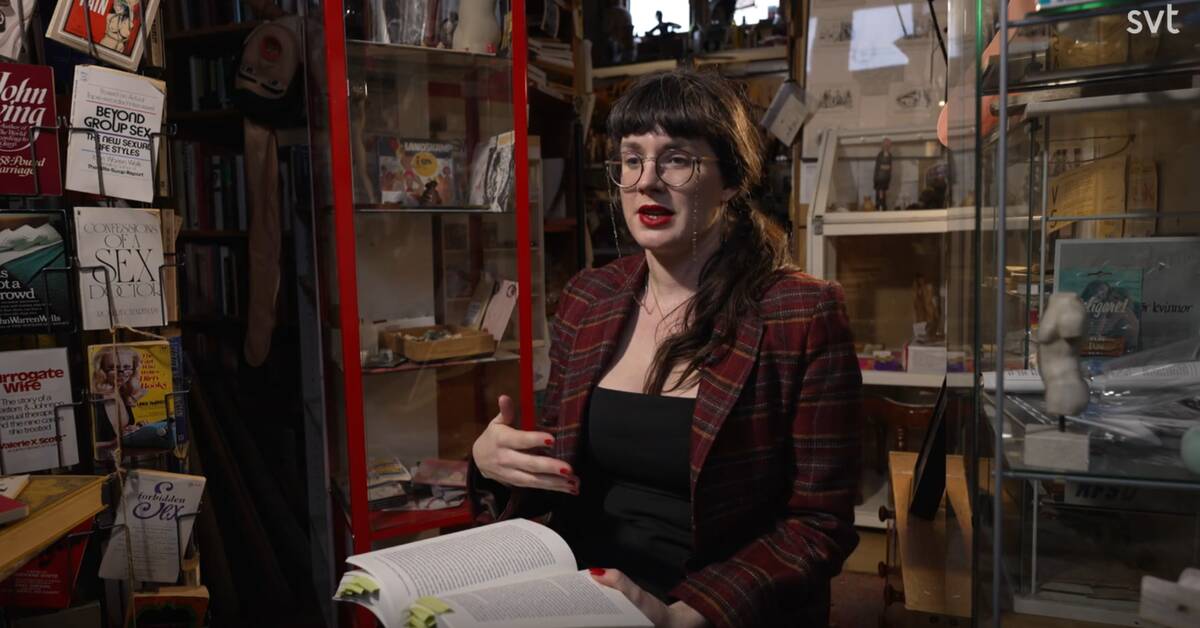According to Anna Hultman, the view of sex in literature has constantly oscillated between harsh repression and a more permissive attitude.
"During the 1800s, there is a growing concern about sexual representations, and you just want educated and well-off men to have access to these representations, while women, children and the working class – absolutely not.
But despite a strict social climate towards women writers in particular, there are those who have tested the limits of what is permissible. An example that Anna Hultman analyzes in her research is Anne Charlotte Leffler's Femininity and Erotica Part 2, which came out in 1890.
"She works a lot with paraphrases, and never describes any part of the body between the navel and the knees. Because if you wrote something unseemly, it risked blackening the whole family's name, her family was also involved as an unofficial censorship body.
In recent years, however, it has become the rule rather than the exception that it is precisely women who write erotic text in various forms, whether it is books, audiobooks or self-published material on the internet.
"Erotica aimed at women has come to be associated with some kind of health and wellness as well, while for men it is addiction and addiction and impotence problems.

